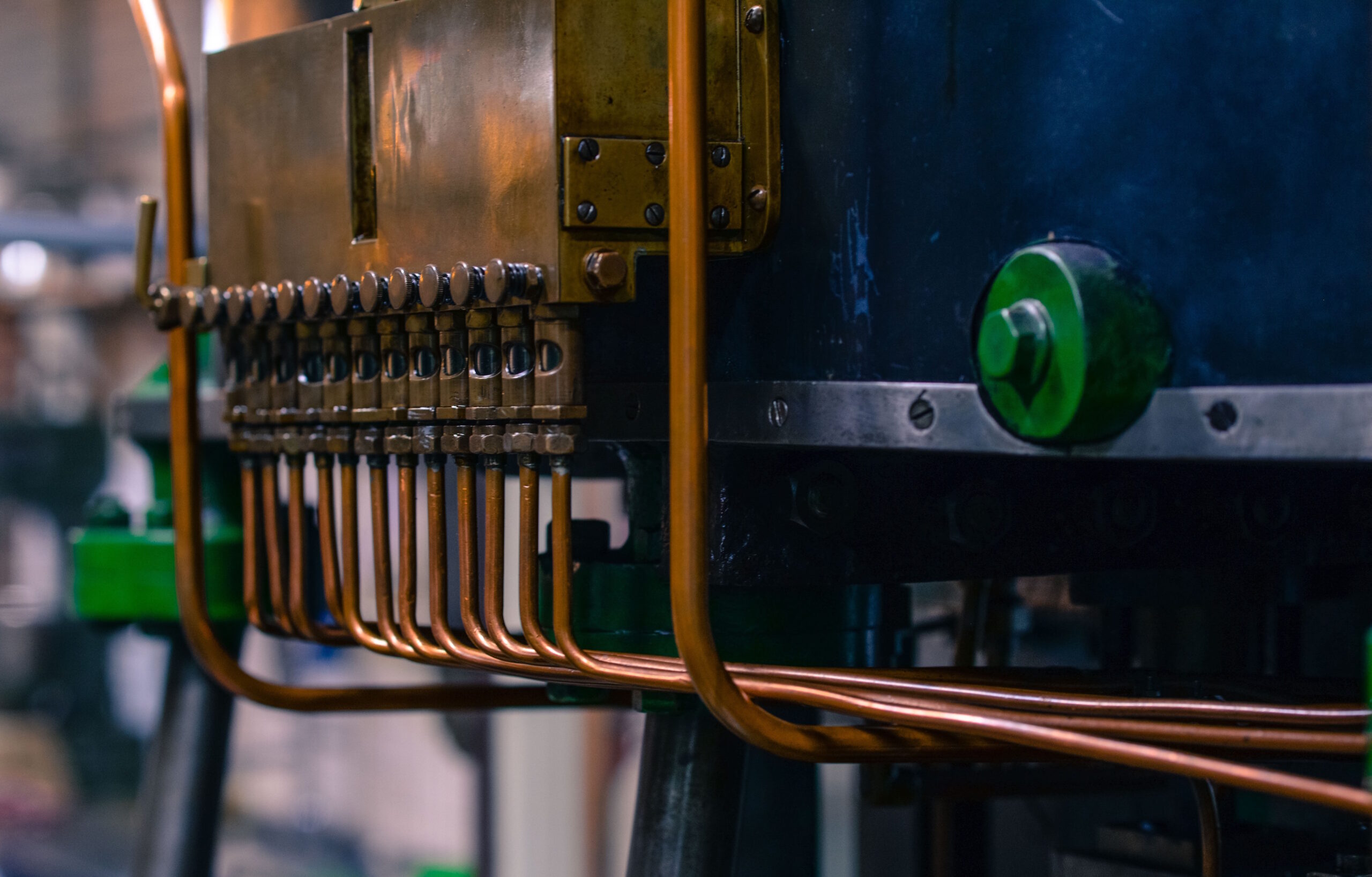When it comes to installing a new natural gas pipeline system, one of the most critical factors to consider for performance and natural gas safety is the size of the piping used. In this case, one size absolutely does not fit all!
The importance of getting gas pipe sizing right.
The size of the pipe dictates the amount of gas that can pass through it. Gas pipes must be large enough to allow an adequate supply of gas to flow through them—as undersized gas lines will cause incomplete combustion—but not so large that the gas pressure is not high enough to meet the demands of appliances.
Each appliance has a minimum input demand in BTUs (British Thermal Units) per hour and piping must be sized to supply enough fuel for all appliances to operate at the same time. Due to gas pressure and gas pipe sizing requirements, some larger appliances such as gas ranges or pool heaters often require dedicated gas supply lines from the source or meter. This is something to keep in mind when purchasing a new gas appliance.
Note: Natural gas leaks can be deadly. One of the common byproducts of incomplete combustion is Carbon Monoxide. You can protect your family by installing carbon monoxide detectors inside your home, or purchase natural gas detectors if you are concerned about natural gas leaks.
How to determine the correct size of gas pipeline to use.
The US Gas Code contains gas pipe sizing tables and information that must be used to size most gas systems. In order to use the correct gas pipeline sizing table in the Gas Code, you need to know the gas pressure at the point of delivery. Calling the gas supplier is the quickest way to check gas pressure at the meter. Most residential building systems receive gas pressurized to 1/2 pounds per square inch (psi) or less, and given that most gas appliances operate on 1/4 pound pressure (psi) this is more than enough.
The type and size of the pipe you use will depend on the amount of BTUs that you need to have delivered to the location. Different sized pipes have different functions. For example, smaller, shorter pipes carry the natural gas to the appliances where the pressure must be good.
When making your calculations these important factors must be taken into account:
- The nominal size of the natural gas pipe is actually the exterior size. This is generally used as a reference for the pipe, although the interior size of the pipe is less. Most natural gas pipes are available in a nominal size of four inches, although you can get a pipe that’s up to eight inches in diameter.
- The length of the pipe will have a significant influence on the amount of gas that can flow through it. The longer the pipe, the lower the flow of your natural gas. For example, where a pipe has a nominal size of one inch, the flow will be 547 BTUs for a 10-foot length of pipe, but only 100 for a 300-foot length of pipe.
What is gas pipe reaming and why is it so important?
While ensuring the correct size of the pipe used is important, so too is gas pipe reaming.
At its simplest level reaming is the process of removing the burr from inside the pipe to mitigate the possibility of incomplete combustion which, as mentioned above, can lead to potential carbon monoxide leakage. A burr is a raised edge or small piece of material that remains attached to a workpiece after a modification process. It can significantly reduce the flow of gas to appliances, even if the correct size of piping is being used.
If you are installing your gas pipes yourself, this is a step that should not be skipped. At RP Gas Piping, we take the extra time to ream pipes, but less reputable installers may not, and you will never know it! It’s just one of the reasons you can trust RP Gas Piping.
Reaming can also be a much more complicated procedure that takes the simple technique of removing excess material to a whole other level! Pipe reaming is also a trenchless pipe replacement technique used to remove old underground natural gas pipelines while simultaneously laying new pipelines.
It uses the same kind of equipment as shown in the image above but on a much larger scale! Specialized equipment allows the new pipe to destroy the old, host pipeline. The reamer attaches to the head of the new pipe and makes its way through the host pipe, breaking up the host pipe in the process.
The fragments are ground finely during the process and mixed with the bentonite drilling fluid to create a slurry that is removed using a vacuum excavator pump, ensuring a clean installation of new piping.
Pipe Reaming vs Pipe Bursting
Pipe reaming and pipe bursting are very similar processes with a couple of key differences:
- Whereas pipe reaming removes the pipe fragments, pipe bursting disperses the host pipe fragments out into the surrounding soil.
- Bursting can sometimes produce strong enough tremors to crack or crumble the walls of nearby fragile structures or surface paving, however, reaming creates pressure relief that prevents any localized damage.
- Pipe reaming is particularly well suited for replacing pipes in stiff soils and rock where pipe bursting may not be an option.
- Pipe reaming is limited to non-metallic pipeline replacement.
At the end of the day, doing any kind of work yourself on natural gas pipelines comes with significant risks and dangers. Be safe, hire a professional for your gas pipeline installation or replacement. RP Gas Piping is a full-service, high quality, safe, reliable gas piping contractor in the Phoenix area, serving the state of Arizona. Get in touch for an estimate and you’ll know you are getting the right size and type of gas piping.
Enjoyed this article? Here are three more to help you:
Four reasons why you can trust RP Gas Piping
DIY gas line installation in Arizona
Gas leak: 6 steps to safety


